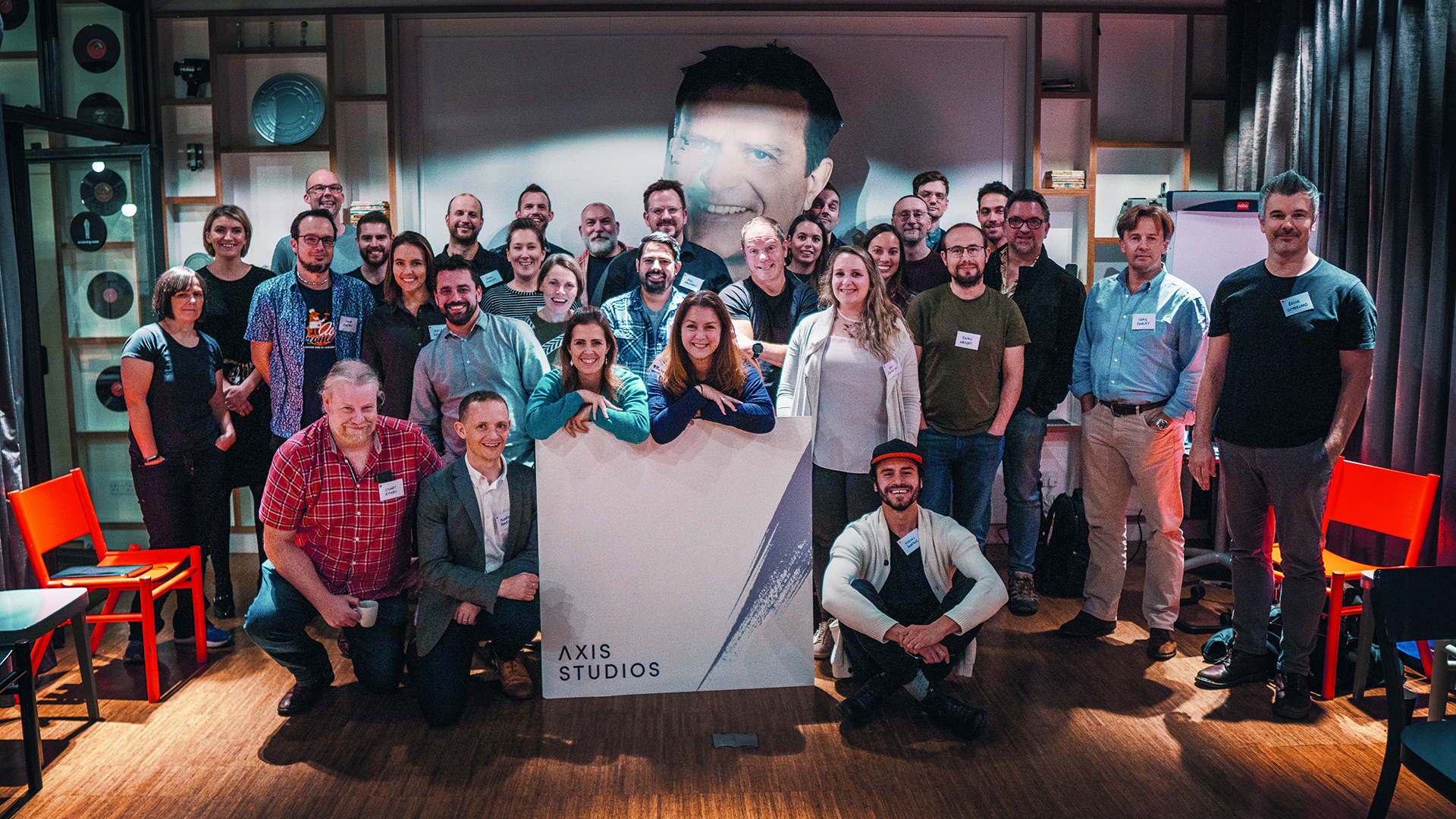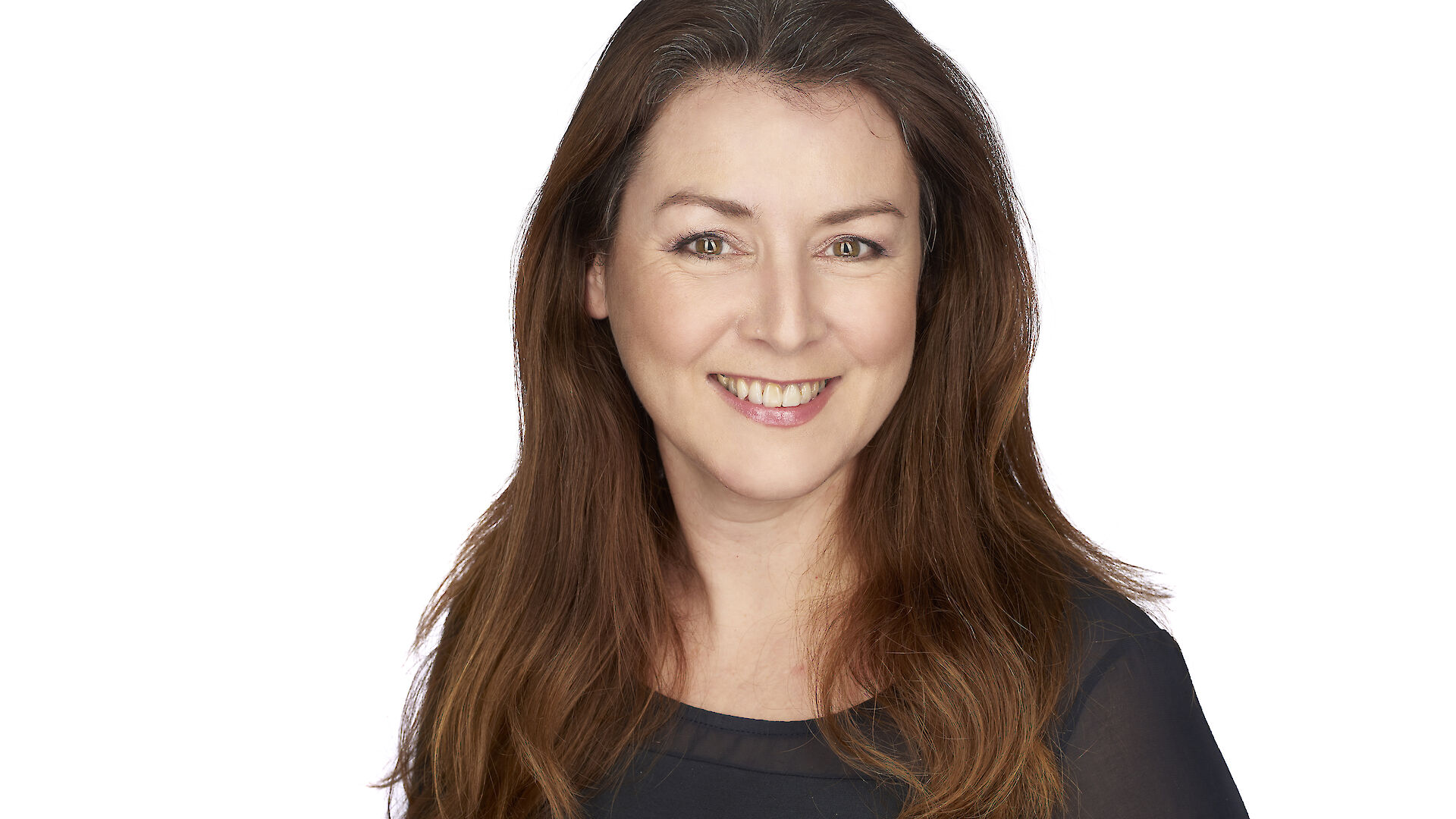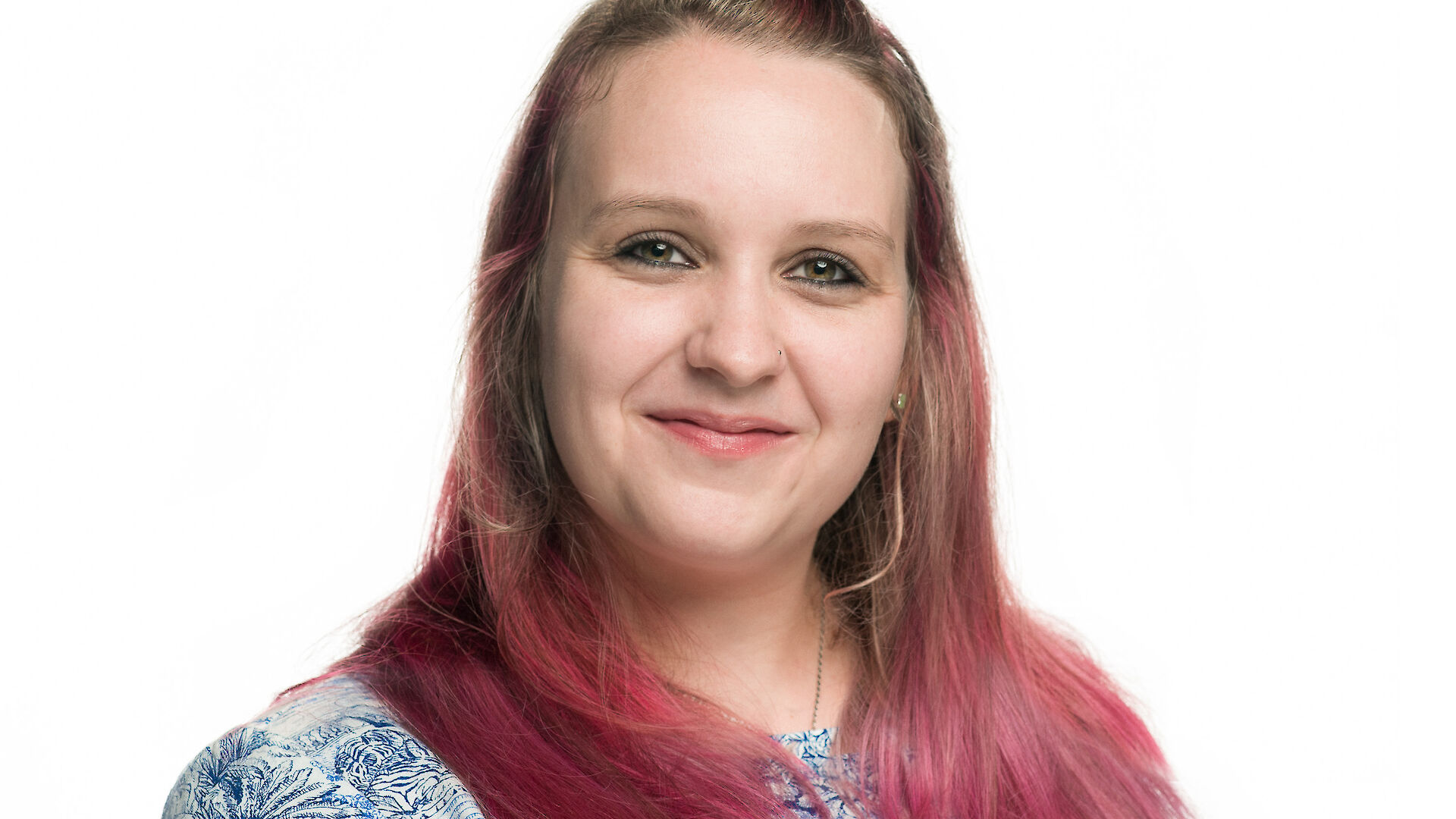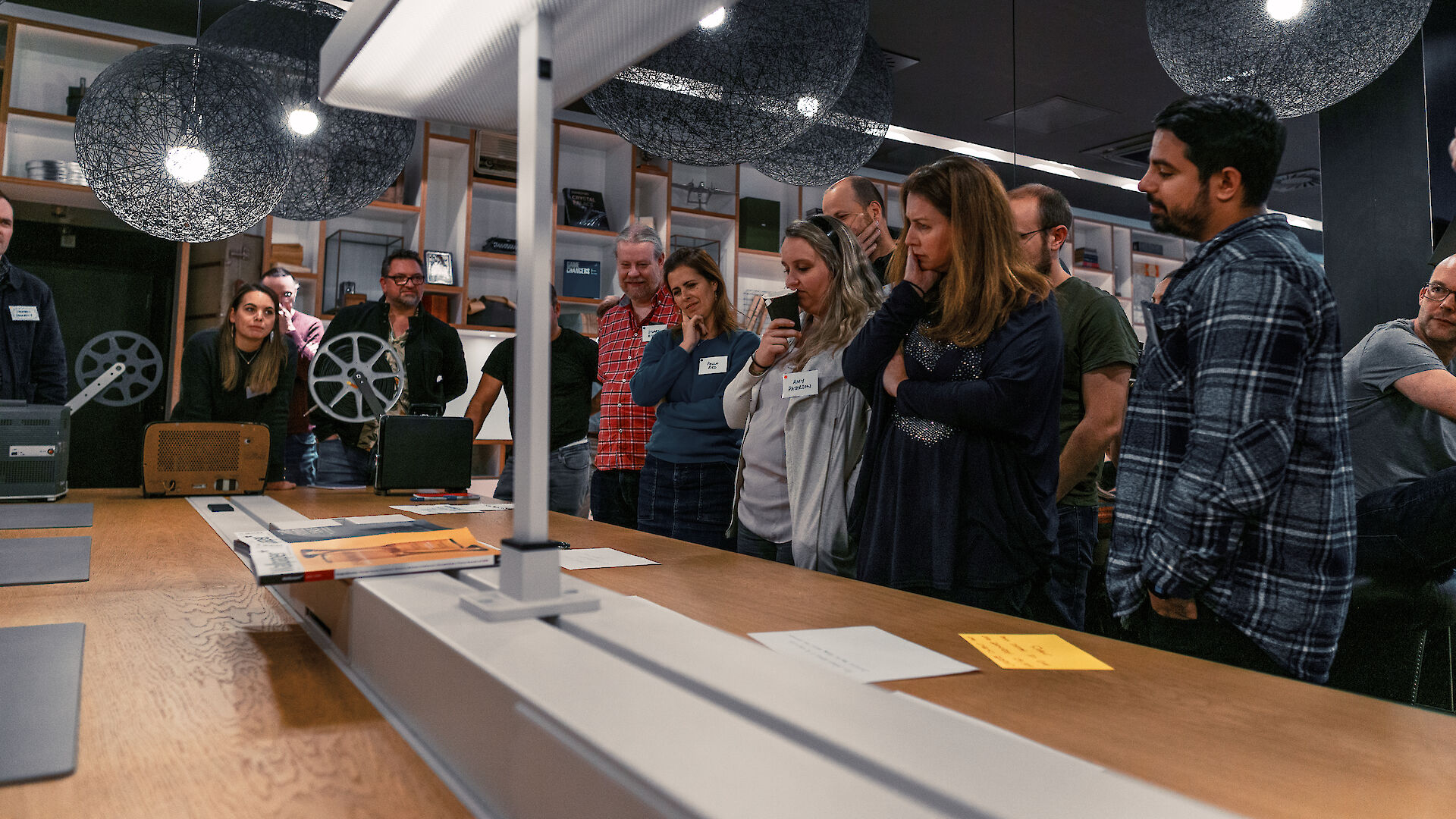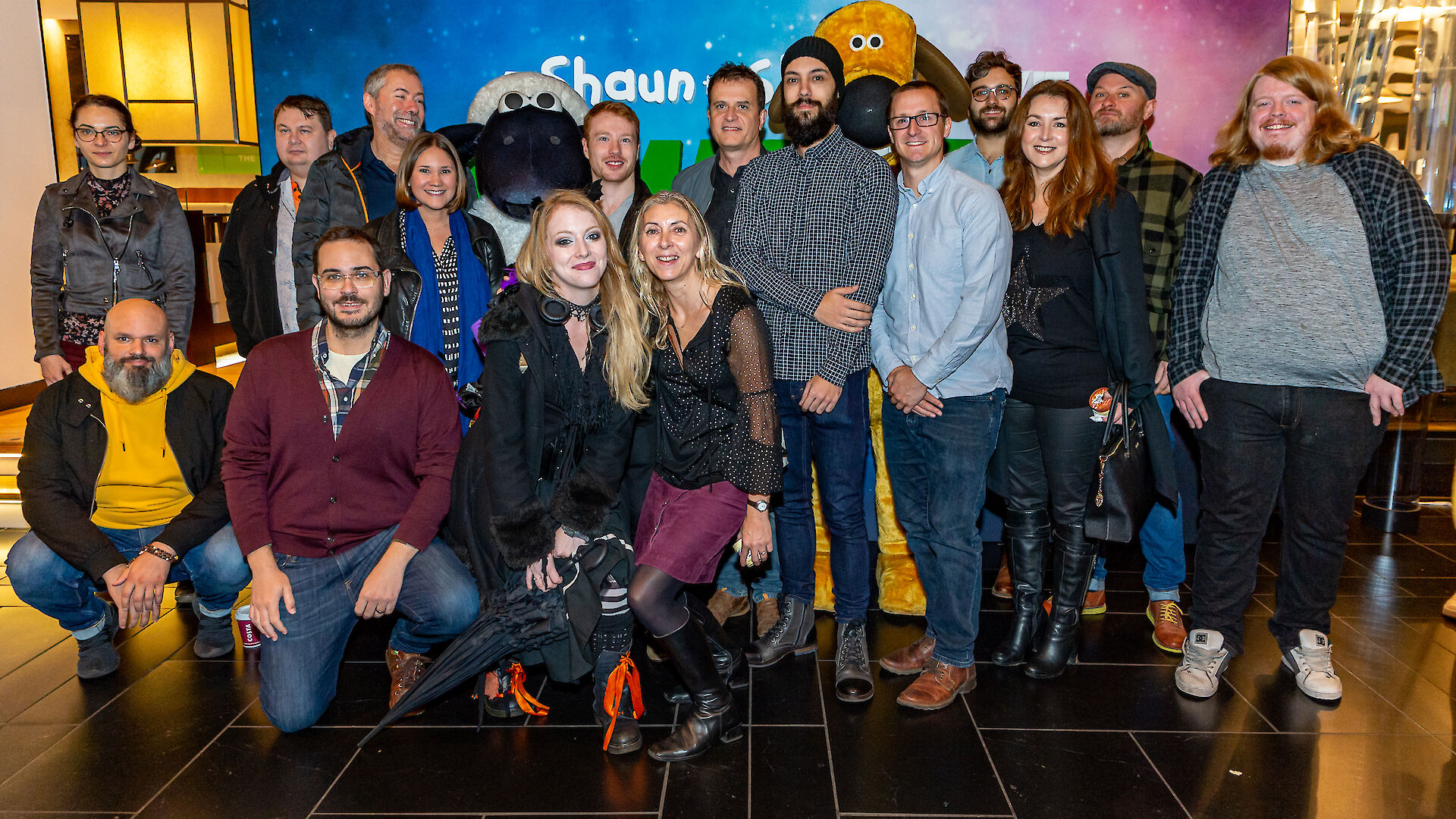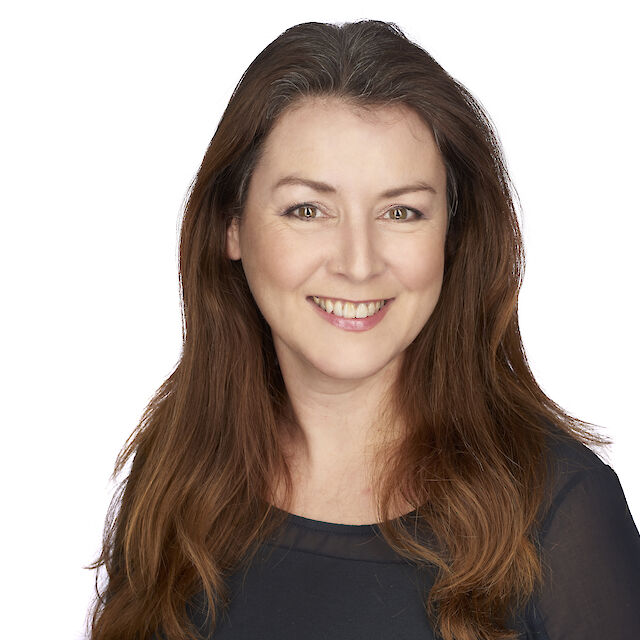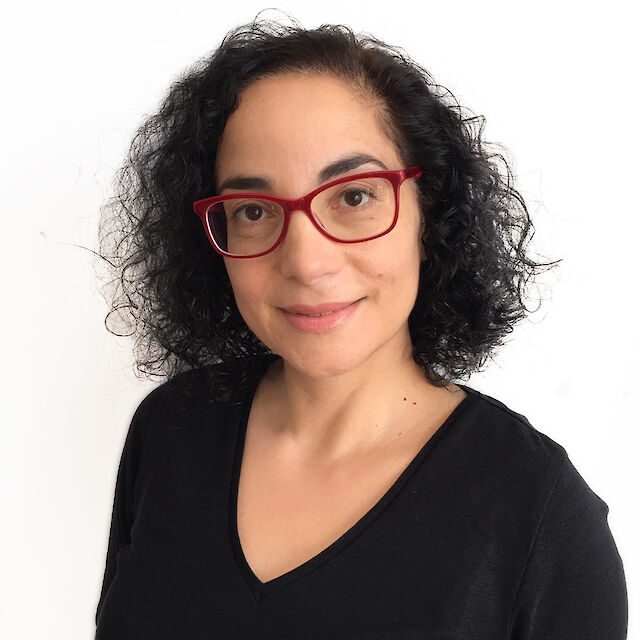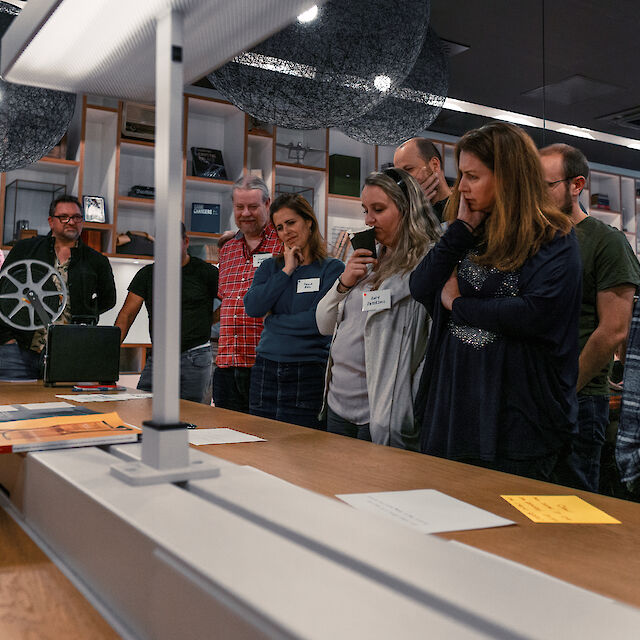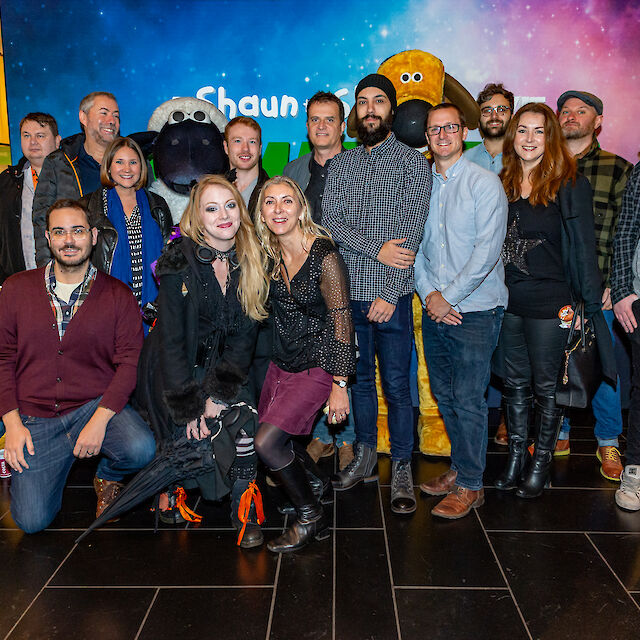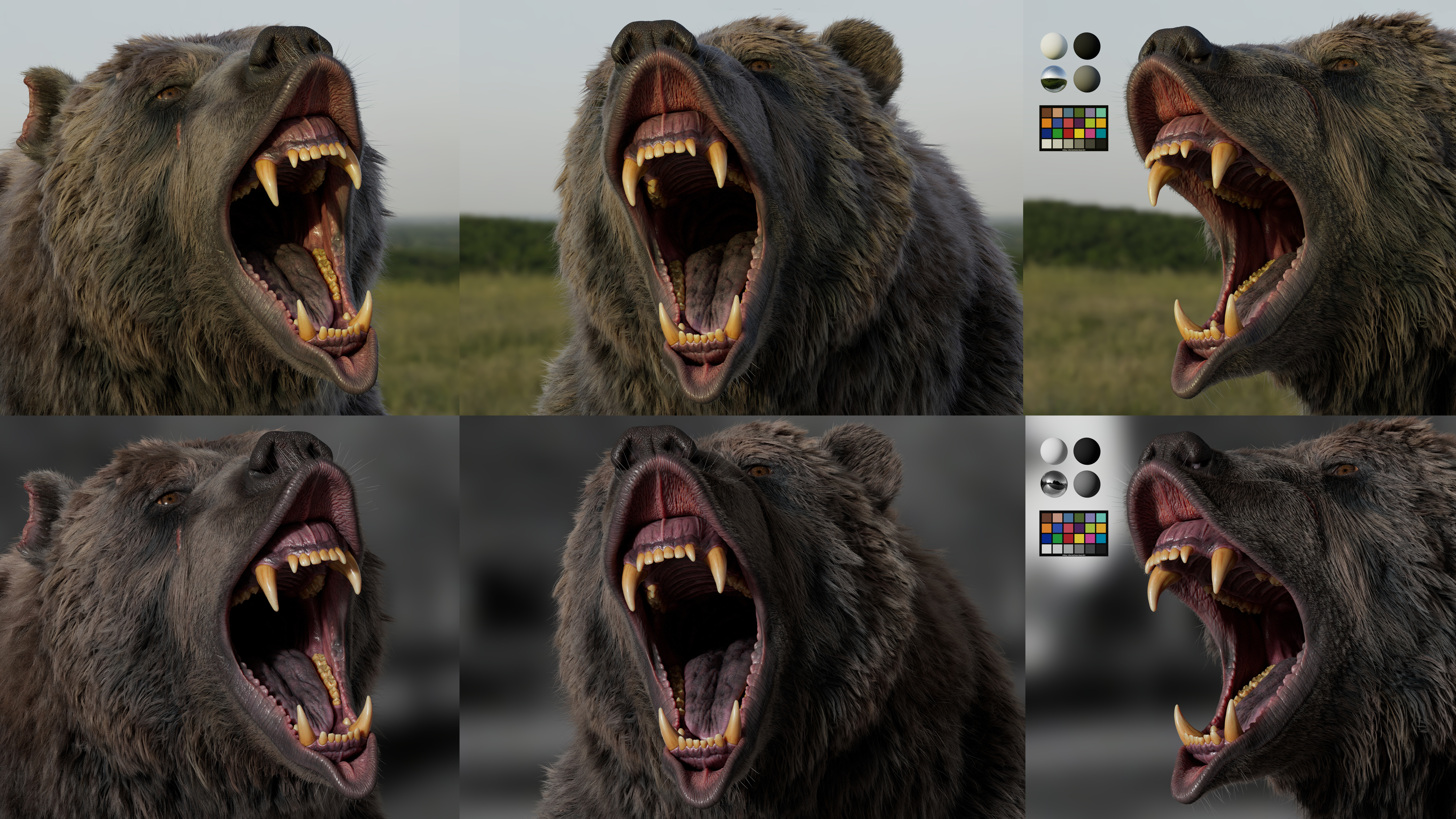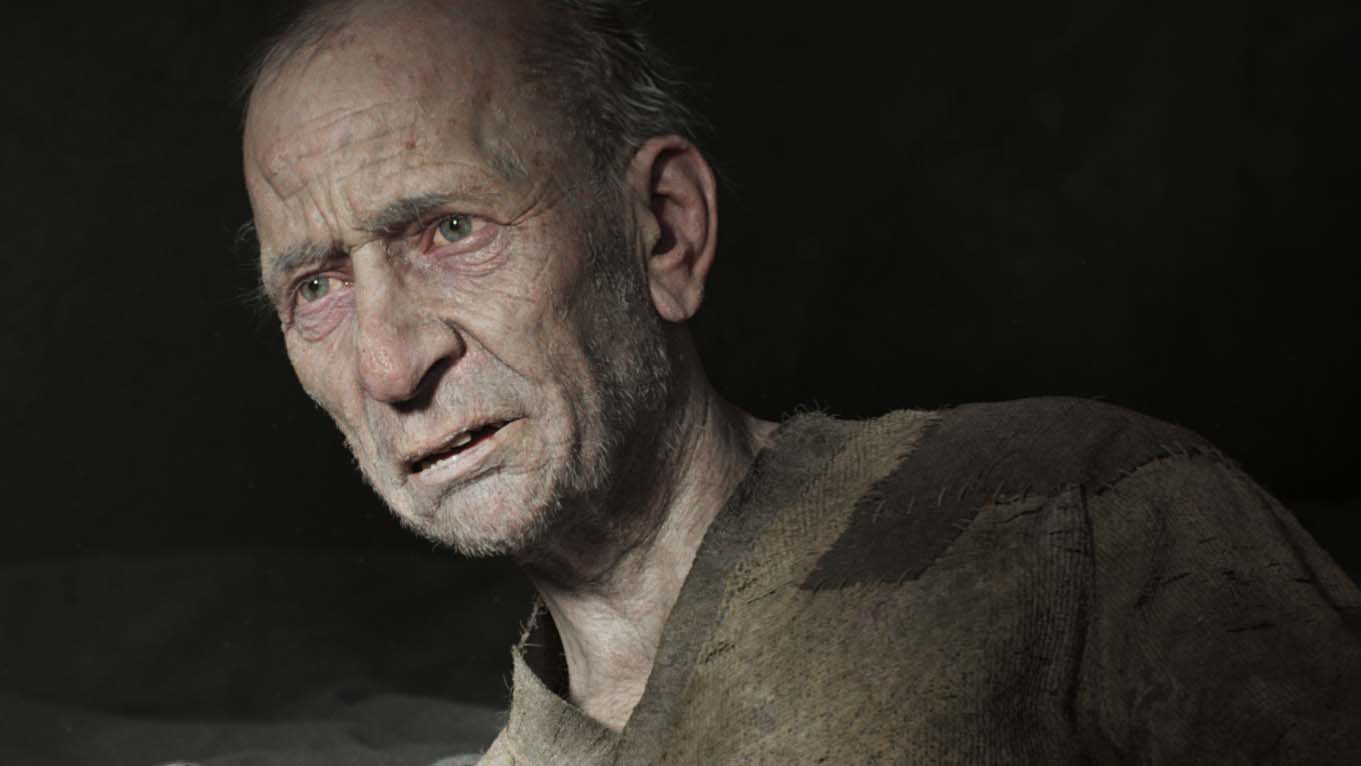The animation and VFX industry has progressed in leaps and bounds since its inception, yet there remains an endemic gender imbalance: more than 60% of animation and art school students are women, yet women hold only 20-40% of creative jobs. Why might this be?
Four women at Axis have insight into the issue borne from their career journeys, their roles today, and their identities as women in the creative industry. Below, we speak with Amy Paterson, Head of Production at Axis; Nerys Davies, Axis's Bristol Managing Director; Jill Wallace, Head of Talent; and Maria Koumis, Head of HR to learn how women can push toward a more inclusive and gender-neutral industry.
“I grew up with a feminist philosopher for a mother, so gender imbalances have always been at the forefront for me,” begins Amy Paterson, Head of Production at Axis. “After having a daughter myself, those issues became even more important—not so much because of the battles I’ve had to face, but because I don’t want my daughter to face any battles just because she is female. It’s something we must rectify.”
Amy worked in the Glasgow Film Theatre and on a myriad of short films and music videos before joining Axis, so she is well aware of the challenges women face. "There are absolutely fewer women than men working in animation and visual effects today, and there are many challenges to overcome," she says. "I think it's because anything computer-based was considered a male discipline ten or fifteen years ago. Given those origins, it was hard for women to break into the industry and, if they did, to feel like they belonged there."
Nerys Davies, Axis's Bristol Managing Director, has worked in post-production for two decades, with 15 of those spent at the BBC. Over the years she’s watched the industry improve healthy family-life balance and mitigate the challenges preventing women from climbing the career ladder. But while the number of females studying CG and animation has grown, those translating into industry remain less than 50%. “There is such a drop off from school to the profession, and then further into senior roles—why is that?” she asks. How can we give women more of a chance?
Grassroots initiatives – It all starts with education
Amy, Maria, Jill and Nerys and many women like them tackle this question from a variety of standpoints. First and foremost, there is the question of getting women interested in the industry in the first place—and following that, how to help them thrive in their career.
Jill Wallace certainly has some experience in the area. Jill worked on numerous international children’s television productions as a production manager before joining Axis in 2010, where she now scours the world for amazing creatives as Head of Talent. One of her goals is to improve gender balance and representation via more grassroots promotion of the industry, such as visiting schools and speaking with female, BAME and underrepresented students making their career choices or showing an interest in art, graphics and computer-related subjects.
“I’ve visited primary schools and a local all-girls secondary school, showing them that animation is an attainable and exciting career,” begins Jill. “Industry organisations like Screenskills come into play here, who run annual bursary applications for those seeking to enter into the creative industries. We need to see more initiatives like this become accessible to all groups and demographics, and to make sure schools signpost them to kids.”
Coming together – Women in leadership roles
Once women enter creative roles, it’s all about support, questioning bias, and working toward gender parity - especially in an organisation's upper echelons. For Nerys, if real, industry-wide transformation and increased gender balance are to come into effect, more women must sit on boards and create change from within.
“We are seeing changes in the industry and people are adapting but we still have a long path ahead of us," says Nerys. “We must call out more of the senior females in leadership positions and ask them to talk about experiences and share insights. Younger women will only see themselves in these roles if we place women into them and actively demonstrate the career ladder.”
Maria Koumis has worked in human relations for over 20 years and is a mum to her 8 year old daughter, with roles in the NHS, Scottish Power and Skills Development Scotland. Now, as Head of HR at Axis, she is well aware of the need to place women in senior positions and strives for continual improvement. "We aren't just committed to attracting new female staff members, but also to the internal training and promotion of women into senior roles," says Maria.
During the pandemic, Axis focused on the skills requirements to meet the rapid growth of the company and significantly invested in Leadership Coaching with a renowned TedEx speaker and in bespoke management training. "We now have a significant proportion of women in senior management and leadership roles, including Nerys at Managing Director level and sitting on the Board of Directors and Jill as Head of Talent.
The importance of strong female mentors in supporting and nurturing talent to senior positions cannot be understated. Nerys is a great believer in helping the next generation into succession and, in pursuit of this goal, she plays an active part in Animated Women UK’s mentoring scheme. “Sharing knowledge skills and advice to ensure women stay in the workforce is critical—women must blow their own trumpet and support other women in doing so!” she says. “Organisations like AWUK offer mentoring, networking and events and more that help women to fulfil their potential and change mindset. Women are taught to fit into specific roles from a certain age—but AWUK and mentors can change this!”
Both Jill and Maria have personally experienced just how beneficial a strong female mentor in a senior role can be. “I got my break in animation via a female MD who saw my potential, even when I wasn’t able to see that potential myself,” says Jill. “She went out of her way to nurture, support and develop my confidence, my approach and present opportunities I may not have found elsewhere.”
Change from within – Internal Initiatives
Indeed, Axis’s values also play a big part in helping Jill, Nerys, Amy and Maria address the gender balance problem from within, whether by creating art that broadens female representation or establishing recruitment and DEI (Diversity, Equality, Inclusion) policies that speak to all genders, identities and backgrounds.
"Axis has always been and continues to be an equal opportunity studio, but we're always improving and bettering ourselves where we can," explains Maria Koumis, Head of HR at Axis. “Our key focus areas for talent are capabilities and creating the workplace of the future. We're currently undertaking a full root and branch review of our current practices and processes to ensure we increase our female staff numbers and our DEI profile. We have set up a Diversity and Equality cross-department working group which is championed by the CEO Richard Scott and includes HR, Talent, Crew, Marketing, and Production, as we recognise that DEI is everyone’s responsibility. We have also brought in a dedicated MSc HR student to focus her research on DEI. The purpose of the group is to continuously catalyze change through the development of new initiatives and partnerships.”
Axis’s initiatives illustrate a spectrum of approaches to addressing gender imbalance, such as blind recruitment practices, unconscious bias training, eliminating gender pay differences, dignity at work training, and playing an active role in the Employer’s Network for Equality and Inclusion.
Successful implementation of such policies means tying them into company culture, and that requires a dedicated effort. "At Axis, we keep the conversation going via Town Hall updates, fun sessions like open mic, regular screenings of our incredible work and Q&A sessions," says Maria." We also run a regular six-month Employee Engagement Survey, the results of which are shared openly with the business, and anyone can discuss and respond to the issues the results reveal.”
The human standpoint
Nevertheless, although there is work to be done, change has undoubtedly begun. Indeed, it's possible if you're reading this article in just a short ten years, the issues it raises will already seem outdated, obsolete or even inconceivable. We certainly hope this is the case!
"We're already seeing industry bodies running DEI reports—it’s testament to the collective creative industry taking diversity seriously and addressing change," says Jill. "The emergence of organisations like Access VFX—composed of numerous animation and VFX companies—suggests a bright future, as they actively champion change and pursue inclusion, diversity and opportunity for all.”
As we look toward this brighter future, there's one perspective we must keep at front of mind. Statistics, trends and strategy are all crucial considerations, but we must remember animation and visual effects is, first and foremost, a business of people.
"We have a lot of work ahead of us," says Amy. "Men and women have different drivers and different approaches. Alongside everything else, we must discuss those differences and understand them. We must educate one another on what is appropriate for the office—not from a legal standpoint, but from a human perspective."
And this is the takeaway: if the industry is to become more inclusive, we must remember that the gender balance question cannot always be answered by statistics or policies. The question is about human beings, the individual experience and basic dignity. Focusing the discussion around these topics is what will move us forward as an industry.
